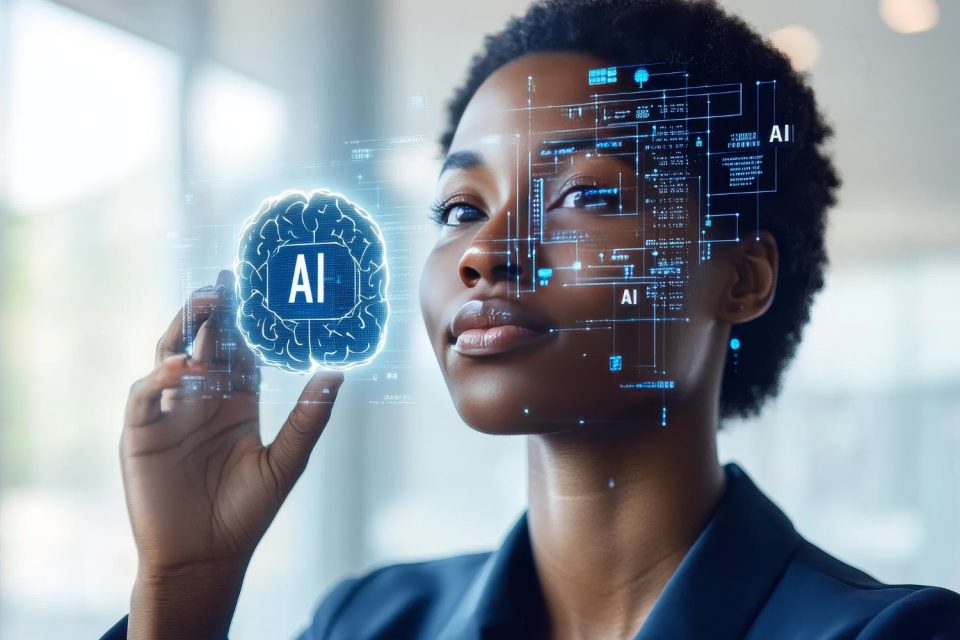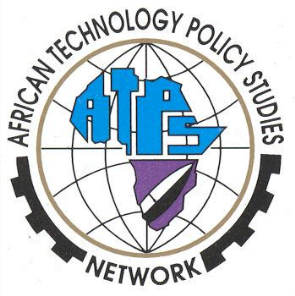Artificial Intelligence the Secret Sauce Revolutionizing Science Innovation and Technology Today
Imagine a world where machines don’t just follow instructions but ‘dream up’ solutions to humanity’s biggest challenges. Sounds like sci-fi, right? Well, buckle up; because this is happening right now, thanks to Artificial Intelligence (AI). From decoding the mysteries of the universe to brewing your morning coffee more sustainably, AI has become the ultimate sidekick in science, innovation, and technology. Let’s dive into how AI is flipping the script on what’s possible, and why it’s way cooler than you might think.

- The Lab Assistant Who Never Sleeps
In scientific research, time is often the most precious resource. Enter AI, the tireless lab assistant who works 24/7 without needing coffee breaks or complaining about long hours. For instance, in drug discovery, AI algorithms can sift through millions of chemical compounds in days; a process that would take human researchers years.
Take AlphaFold, developed by DeepMind (a Google subsidiary). This AI system solved one of biology’s toughest puzzles: predicting protein structures with incredible accuracy. Why does this matter? Proteins are the building blocks of life, and understanding their shapes helps scientists develop treatments for diseases like Alzheimer’s, cancer, and COVID-19. Thanks to AlphaFold, researchers worldwide now have access to an open database of over 200 million predicted protein structures; a game-changer for medical science.
But AI isn’t stopping there. It’s also helping physicists simulate particle collisions at CERN’s Large Hadron Collider and assisting astronomers in spotting exoplanets light-years away. Talk about having a lot on its plate!
- Innovation Meets Imagination: AI as the Ultimate Creative Partner
Think creativity belongs exclusively to humans? Think again. AI is proving to be a powerhouse when it comes to sparking innovation across industries.
For example, fashion designers are using AI tools like GPT-4 and DALL·E to generate unique patterns and designs based on consumer preferences. Meanwhile, architects are leveraging AI-powered software to create energy-efficient buildings tailored to specific climates. And let’s not forget music. Platforms like Amper Music allow musicians to compose original tracks with AI-generated melodies, beats, and harmonies.
One particularly fascinating project is NASA’s use of AI to design interplanetary spacecraft components. Using generative design software, engineers input parameters such as weight limits and stress tolerances, and the AI spits out optimized designs that look straight out of a sci-fi movie. These creations aren’t just aesthetically wild; they’re functional masterpieces that push the boundaries of engineering.

- Smart Tech, Smarter Living: How AI Is Reshaping Our Daily Lives
Beyond labs and creative studios, AI is quietly transforming everyday technologies in ways we barely notice until they stop working. Ever wondered how Netflix always seems to recommend shows you actually want to watch? Or how Amazon delivers packages faster than you expected? Yep, AI’s behind those conveniences too.
But here’s something even more exciting: AI is making sustainability smarter. Companies like Google DeepMind are using AI to optimize energy usage in data centers, reducing electricity consumption by up to 40%. Similarly, agri-tech startups are deploying AI-powered drones and sensors to monitor crop health, predict yields, and minimize water waste. Farmers can now grow food more efficiently while protecting the planet a win-win for everyone.
And if you’re worried about climate change (who isn’t?), AI is stepping up there too. Researchers are training machine learning models to analyze satellite imagery and track deforestation, glacier melt, and rising sea levels. Armed with this data, policymakers can make informed decisions to combat environmental crises before they spiral out of control.
- The Ethical Tightrope: Balancing Progress with Responsibility
Of course, no discussion about AI would be complete without addressing the elephant in the room: ethics. As amazing as AI is, it raises some serious questions. Who decides which problems AI should solve? What happens when biased data leads to unfair outcomes? And could AI eventually replace jobs faster than society can adapt?
These concerns aren’t hypothetical they’re already playing out. A 2023 report by the World Economic Forum estimates that AI could displace 85 million jobs globally by 2025, but it could also create 97 million new roles. The key lies in proactive policies and education systems that prepare workers for an AI-driven economy.
Thankfully, organizations like the Partnership on AI and initiatives like the EU’s AI Act are working to ensure AI develops responsibly. By prioritizing transparency, fairness, and accountability, we can harness AI’s potential without losing sight of our shared values.
- The Future Is Here And It’s Powered by AI
So, what’s next for AI in science, innovation, and technology? If current trends are any indication, the possibilities are endless. Imagine personalized medicine tailored to your DNA, autonomous robots exploring Mars, or even AI tutors teaching kids in remote villages. The future won’t just be smart it’ll be inclusive, sustainable, and downright awe-inspiring.
As we stand on the brink of this AI-powered revolution, one thing is clear: the line between science fiction and reality is thinner than ever. Whether you’re a scientist, artist, entrepreneur, or curious citizen, AI offers tools to amplify your creativity, efficiency, and impact. All it takes is a little imagination and maybe a chat with Alexa along the way.
Final Thoughts
Artificial Intelligence isn’t just another buzzword; it’s a catalyst for transformation. By blending human ingenuity with machine intelligence, we’re unlocking solutions to problems we once thought unsolvable. So the next time you hear “AI,” don’t just think of robots taking over the world. Think of the boundless opportunities it brings to improve lives, protect the planet, and redefine what’s possible.
Written by Susan Mburu

